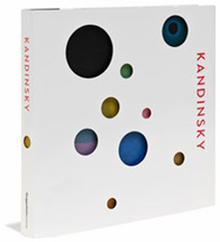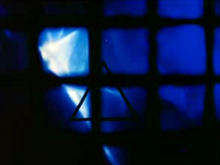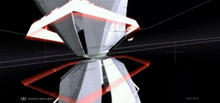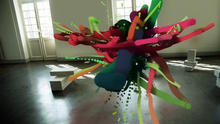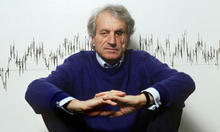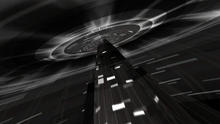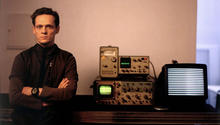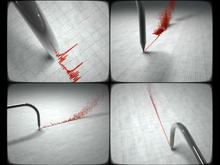Synesthesia: A Union of the Senses
(2002)by Richard E. Cytowic lays out the phenomenology of synesthesia in detail and gives criteria for clinical diagnosis.
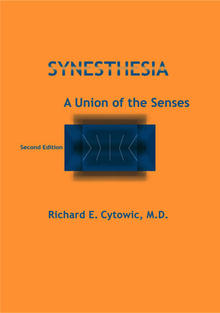
For decades, scientists who heard about synesthesia hearing colors, tasting words, seeing colored pain just shrugged their shoulders or rolled their eyes. Now, as irrefutable evidence mounts that some healthy brains really do this, we are forced to ask how this squares with some cherished conceptions of neuroscience. These include binding, modularity, functionalism, blindsight, and consciousness. The good news is that when old theoretical structures fall, new light may flood in. Far from a mere curiosity, synesthesia illuminates a wide swath of mental life.
In this classic text, Richard E. Cytowic quickly disposes of earlier criticisms that the phenomenon cannot be real, demonstrating that it is indeed brain-based. Following a historical introduction, he lays out the phenomenology of synesthesia in detail and gives criteria for clinical diagnosis and an objective test of genuineness. He reviews theories and experimental procedures to localize the plausible level of the neuraxis at which synesthesia operates. In a discussion of brain development and neural plasticity, he addresses the possible ubiquity of neonatal synesthesia, the construction of metaphor, and whether everyone is unconsciously synesthetic. In the closing chapters, Cytowic considers synesthetes’ personalities, the apparent frequency of the trait among artists, and the subjective and illusory nature of what we take to be objective reality, particularly in the visual realm.
The second edition has been extensively revised, reflecting the recent flood of interest in synesthesia and new knowledge of human brain function and development. More than two-thirds of the material is new.
Richard E. Cytowic, M.D., founded Capitol Neurology, a private clinic in Washington, D.C., and teaches at George Washington University Medical Center. He is the author of Synesthesia: A Union of the Senses and The Man Who Tasted Shapes, both published by the MIT Press.
Source: MIT Press
ISBN-10: 9780262032964
ISBN-13: 978-0262032964
